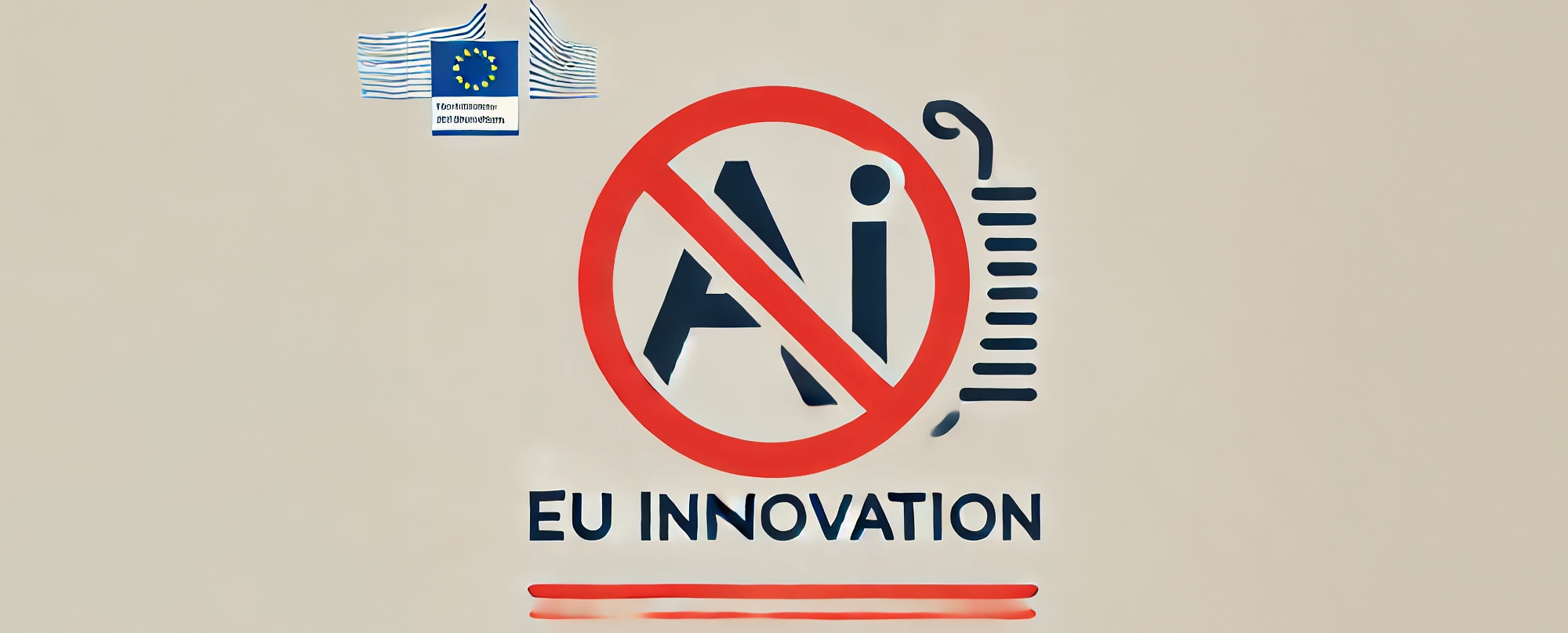Cross-Cultural Comparison
This section compares the U.S. approach to intellectual property law with that of China, focusing on how these differing legal frameworks affect the development and use of AI technologies in each country. Additionally, we will examine the European Union’s (EU) approach to intellectual property and how it contrasts with both the U.S. and China.
U.S. Copyright Law
In the U.S., intellectual property law is centered on the balance between protecting creators’ rights and promoting innovation. The fair use doctrine, a key component of U.S. copyright law, provides flexibility for using copyrighted material without permission in cases where it serves a transformative purpose, such as criticism, commentary, or new forms of expression technology (Klosek & Blumenthal, 2024). AI developers can legally use publicly accessible content as long as their use is transformative, meaning it adds something new or changes the work in such a way that it is no longer a direct copy.
This legal flexibility encourages innovation in the AI industry by allowing developers to train AI models on vast datasets, which can include copyrighted material, without fear of immediate infringement claims. However, the U.S. system also emphasizes the importance of maintaining a balance, ensuring that creators are still protected and compensated for their original works when necessary.
China’s Approach to Intellectual Property
 Figure 18.
Figure 18.
China’s approach to intellectual property law is significantly different from that of the U.S. While China has made considerable strides in recent years to improve its IP enforcement and align with international standards, it is generally regarded as having a more lenient approach to protecting creators’ rights. This is particularly evident in its AI industry, where rapid development has been facilitated by access to large amounts of data, including copyrighted material, with relatively fewer legal restrictions compared to the U.S.
While this leniency has allowed China to become a global leader in AI development, it has raised concerns among creators and international companies about the protection of intellectual property (Cao et al., 2024). Many argue that China’s approach may undermine the value of original works and discourage innovation in countries where creators rely more heavily on copyright protection. Nonetheless, China’s AI industry continues to grow rapidly, benefiting from an environment where data is more freely available for training purposes.
European Union’s Approach to Intellectual Property
 Figure 19.
Figure 19.
The European Union (EU) takes a more cautious and regulated approach to intellectual property and AI compared to both the U.S. and China. The EU has developed stringent rules governing data privacy, copyright, and the use of copyrighted works, especially in the context of AI. The General Data Protection Regulation (GDPR), for example, sets strict limitations on how personal data can be used, which directly affects how AI models can be trained in the region.
In terms of intellectual property, the EU has also emphasized the importance of creators’ rights, with regulations that ensure content creators are adequately compensated for the use of their work in AI training datasets. This approach creates a more challenging environment for AI developers, who must navigate stricter legal requirements, but it also seeks to protect creators and uphold the value of intellectual property. The EU’s model is one of balancing innovation with legal accountability, ensuring that new technologies do not undermine the creative industries.
Impact on the Global AI Landscape
 Figure 20.
Figure 20.
The differing approaches to intellectual property in the U.S., China, and the European Union have significant implications for the global AI landscape. U.S.-based AI developers benefit from the flexibility of the fair use doctrine, allowing them to leverage large amounts of data for innovation. In contrast, China’s leniency on IP enforcement has resulted in rapid AI development, though it has raised concerns about the long-term impact on creators' rights.
The European Union, with its more regulated approach, ensures a higher level of protection for creators but also presents challenges for AI developers who must comply with strict privacy and copyright laws. These legal and cultural differences shape how AI technologies are developed across borders and influence the competitive dynamics of the global AI industry. In the coming years, there may be increased pressure for regulatory convergence, as international AI collaborations and competition continue to grow.
Cultural Impact
The differing intellectual property approaches in the U.S., China, and the EU also have cultural implications, particularly in how societies view creativity, ownership, and innovation. In the U.S., the concept of fair use has fostered a culture of remixing, adaptation, and creative experimentation. This culture encourages innovation while still respecting the rights of creators, leading to a vibrant ecosystem of content creation.
In contrast, China’s approach, which emphasizes rapid technological development, has led to a culture of innovation that often prioritizes the collective good over individual ownership. This has allowed China to accelerate its AI development but has also generated concerns about the value of creative works in a society that may not place as much emphasis on individual intellectual property rights.
In the European Union, the focus on data privacy and intellectual property rights has shaped a culture of responsibility and accountability, particularly in the development of AI technologies. The EU’s strict legal framework ensures that creators’ rights are protected, but it may also slow down innovation due to the additional legal hurdles that developers must navigate.